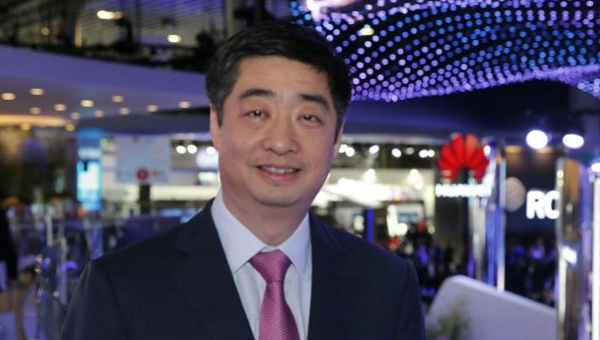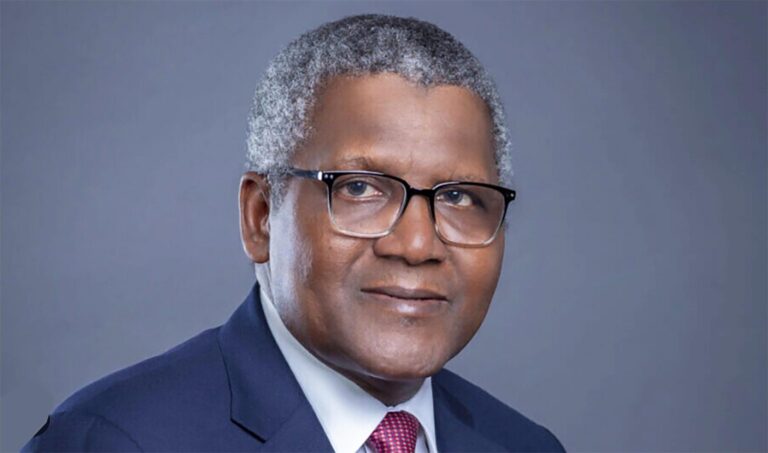Borje Ekholm, Ericsson CEO has told its service provider customers that 5G is no longer an abstract concept, but is rapidly becoming a reality, as the tech company signed 38 memorandums of understanding with operators and expects to complete some commercial deployments by the end of 2018.
Speaking at MWC 2018 in Barcelona, he said that superior mobile broadband would be the first large-scale use case, but it would work with operators to determine the true benefits of next-generation networks.
Similarly, Ken Hu, Huawei rotating CEO said the company had signed 5G MoUs with 45 operators in Asia, Europe, and North America, and is already conducting pre-commercial trials with 30 mobile players.
“The commercialisation of 5G is picking up the pace, and it’s highly probable deployments will come as early as end-2018, exceeding our expectations,” Hu said. “With end-to-end 5G solutions ready, we believe 2018 will see very positive growth for 5G developments.”
Over the past 12 months, there has been a shift from speculation to concrete details in the world of 5G, a transition that can in part be explained by the definition of the first 5G standard and the prospect of commercial deployments in 2019, rather than 2020.
Ekholm said “We will focus not only on why and what but also on how. This is what our customers – the service providers – want to discuss.”
According to him, “customer feedback was the foundation for our focused strategy launched last year and now in how we are showcasing our products and technologies in our hall.”
It is expected that 5G will deliver gigabit speeds, huge capacity, and extremely low latency. This means it should reduce costs, something which is appealing to operators who will have to cope with a 40 percent increase in data traffic each year.
Indeed, it is predicted that a 4G and 5G enabled site could deliver mobile data at one-tenth of the cost.
Ericsson says it can not only improve efficiency, help determine the services that will attract users, and explain the technologies, such as radio access networks (RAN), network slicing and machine intelligence that will make 5G a commercial success.

Ken Hu, Huawei rotating CEO
Unsurprisingly, it is looking to tempt early adopters by claiming it make their 4G networks ‘5G ready’ by pre-emptively rolling out the radio, virtualisation and transport technologies to existing infrastructure.
“We don’t know which use cases will ultimately be the most important for 5G, but we know that early adopters tend to get a sustainable advantage,” added Ekholm.
Telstra in Australia is one such operator working with Ericsson on this strategy. The two firms are working together on a “roadmap” to extend Telstra’s LTE network and rollout 5G-ready features.
Huawei, which claimed to be offering the world’s first 5G CPE device, will launch a 5G smartphone in Q1 next year, he said.
The company is seeing emerging demand for 5G’s high bandwidth and high speeds which will be helpful for the short-term development of the telecoms industry, he said. “We see 5G can be applied to short-term business cases,” adding that applications dependent on 5G’s low latency will only emerge in the longer term.
Responding to a question about pressure from the US on Australia to block Huawei from 5G deals on security concerns, he said such claims are not based on facts. “For security issues, we welcome discussions and even debate based on facts. If accusations are based on suspicions, it’s not a constructive way to address the issue.”
Huawei has a strong track record on security with some 400 telecom operator partners and makes security one of its top priorities, Hu said. “We are happy to conduct open and transparent discussions with the Australian government and operators. We have a very successful experience with 4G and can draw from those lessons when we move to 5G. We remain positive and open on this issue.”
He argued that the view that a company headquartered in China can’t be trusted is problematic because many leading ICT companies in the world are based in China.









